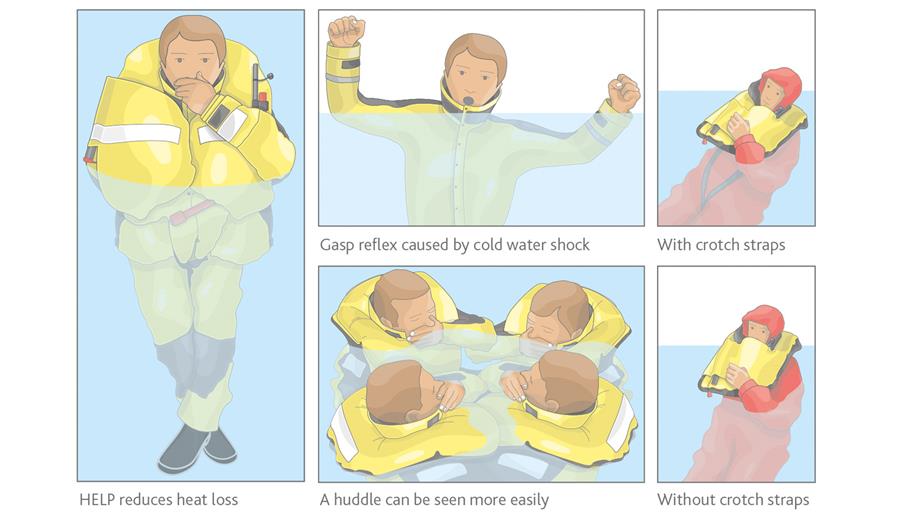Float To Live
If you find yourself unexpectedly in the water, do as little as possible, and float.
Choosing the right lifejacket or buoyancy aid for your activity can be difficult. With many different options to choose from and technical language that can be confusing, you might end up using something unsuitable, or worse, not using one at all.
A personal flotation device (PFD) is something you wear that will keep you afloat should you enter the water. There are a number of different types, but the most common are buoyancy aids and, in particular, lifejackets.
Choosing the right lifejacket for the type of activity you are doing on the water can be the difference between life and death. Choosing the wrong type of lifejacket can leave you frustrated and unable to fully enjoy the activity you’re doing, increasing the temptation to remove it completely.
In this guide, we’ll talk you through the different types of PFD available and what activity they are suited to. We also have some information on how to check and maintain your lifejacket, so that if you do have to use it, it will work exactly as it should.
Every year, around 200 people drown in the coastal waters around the UK and Ireland. These tragedies happen to people taking part in a wide range of water-based and waterside activities.
Research has proven that wearing a lifejacket can increase your chances of survival by up to four times if you’re immersed in cold water.* Whatever your activity, wearing a well-fitted, well-maintained and suitable lifejacket or buoyancy aid could save your life.
Source* Professor Mike Tipton 2012.
If you fall over the side and are not attached to your boat, you can rapidly become separated from the vessel. This will greatly increase the difficulty of rescue, especially at night, and so decrease your chances of survival.
Staying on, or near, your boat is always going to be the best option. At the very least, make a policy of clipping on to suitable points around the boat at night, when alone on deck, or in rough conditions. Ensure you have a harness line with a hook at both ends. Clipping on is particularly important on sailing boats, where the motion and angle of heel can be unpredictable. Whenever possible, use a lanyard that is sufficiently short to prevent you from falling over the side. If someone falls overboard while attached to a safety lanyard, stop the boat immediately – being dragged through the water alongside a vessel can be life threatening.
On a motorboat, it’s advisable to clip on when you leave the cockpit to perform a task on deck such as anchoring. Clipping on is not advised on fast motorboats or fast sailing boats when travelling at speed, because it may result in the clipped-on person being dragged through the water if they fall overboard.
Cold water shock is the uncontrollable reaction of the body when it is first submerged in cold water (15°C or lower). In initial submersion, the body will experience a gasp reflex, which is a rapid intake of air. This is followed by a fourfold increase in breathing rate and associated increases in heart rate and blood pressure, making some people susceptible to heart attacks. These symptoms will last up to 3–5 minutes during which even the fittest person is unable to swim or to focus on breathing. Wearing a lifejacket with the correct buoyancy is vital to survival.
During the initial stages of cold water shock, try to stay calm and let your lifejacket keep you afloat. The clothing you are wearing, the fitting and features of your lifejacket and the amount of energy you expend will all be critical factors to survival from this point onwards.
Without a lifejacket even the most competent swimmer will suffer from ‘swim failure’ after around 30 minutes of swimming in cold water. If you are wearing a well-fitting lifejacket with crotch straps, there is no need to swim and you can concentrate on keeping warm, conserving energy and making yourself visible.
In a group, form a huddle by using one hand to hold on to the person next to you while the other is protecting your airway. If you are on your own, cross your ankles, put your knees together and bring your arms around your body and float in the Heat Escape Lessening Position (HELP), pictured below: